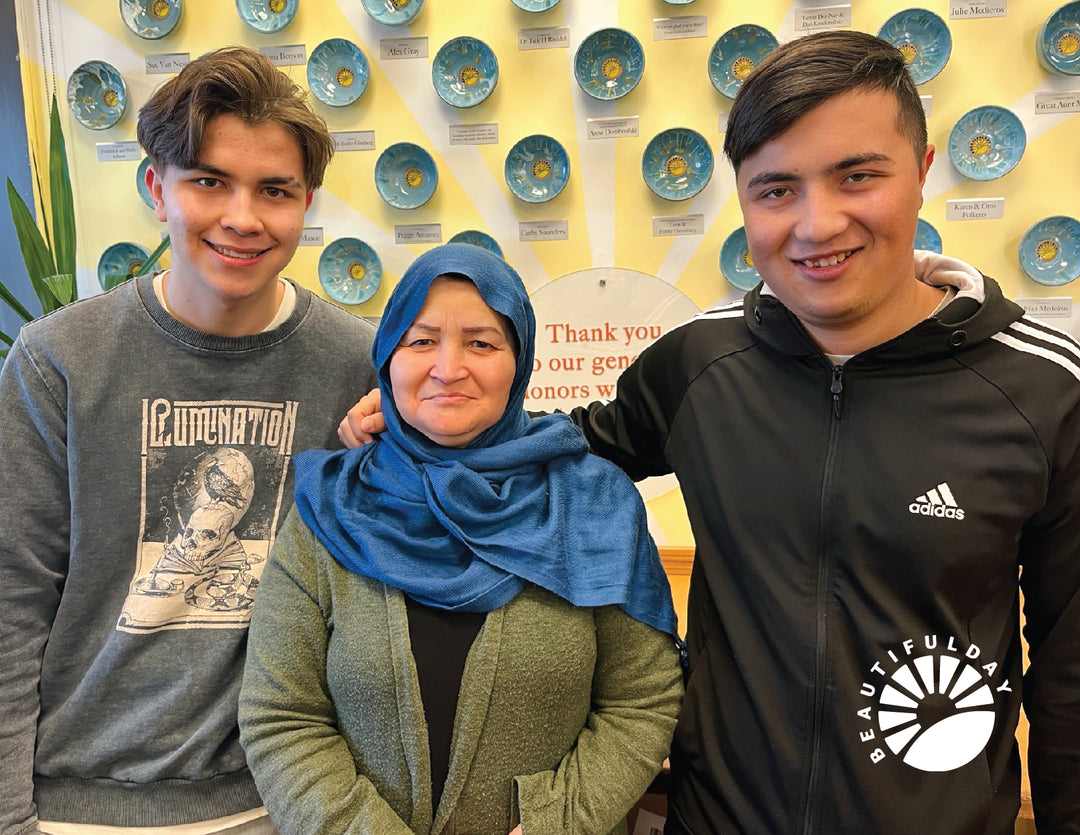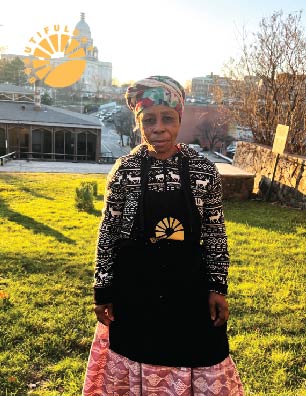On Monday, I was out for a morning run, not very far from home, when I came upon a possum that had been hit by a car. I was passing it, when I heard a wheezing, hissing, chirping sort of noise, and saw a little, blind, baby possum, with just a shadow of gray fuzz on its body, struggling by the side of the road. It had either been thrown there or had somehow managed to creep its way over. And then I saw that there was another, a little way off.
Those babies were in a desperate state, and trying so hard to stay alive.
So, I ran back home and came back in a car with a box. I picked up the two babies, looked for others, but didn't see any others that were alive. At home I wrapped a hot water bottle in a towel while
![[livejournal.com profile]](https://www.dreamwidth.org/img/external/lj-userinfo.gif) wakanomori
wakanomori looked for wildlife rehabilitators that we could call. (
![[livejournal.com profile]](https://www.dreamwidth.org/img/external/lj-userinfo.gif) yamamanama
yamamanama, you can bet I was thinking of you, but the place you volunteer at would be like two hours away, so I figured I'd try something closer.) Meanwhile those little babies were cheeping and wheezing away.
For those of you in Massachusetts,
this page offers regional pages you can check out for this purpose. (For those of you not in Massachusetts, your state may have similar, or you can simply search on "wildlife rehabilitator.") Waka printed out the page for the Pioneer Valley, and I started calling.
It was still pretty early in the morning and no one was picking up. I left several messages, and at last got one woman, a vet, but she said that baby possums were difficult because they required tube feeding, and that she couldn't do it because she was traveling. She urged me to keep trying other numbers. At last I reached
Medicine Mammals. The woman there told me she had a different method for feeding baby possums (involving a toothbrush--I guess they suck the bristles), and that she would take them.
She lives at the end of a dirt road, and the scene behind her house reminded me of Medwyn's Valley, for those of you who've read
Taran Wanderer. When I opened the box to show her the possums, we saw that the two babies had made their way next to each other and were snuggled together.
After I turned them over to her and made a donation for her work, she invited me to come to
the Pocumtuck Homelands Festival. "We'll have our tipi up and there'll be storytelling," she said. I was thinking, tipi?? The Native Americans in this area never made tipis. But it turns out she's Apache, so that explains it.
When I got home, I got a call from my town's Animal Control Officer. "Did you rescue some baby possums from George Hannum Road?" she asked. "Yes," I said, flabbergasted, because I hadn't called her, so
how could she know? "Well, we removed the mother and there were other babies alive in her pouch, and I was wondering if you'd found a rehabilitator?" She must have been calling the same people I'd been calling, and they must have said that someone else from B-town was also calling about baby possums.
So I was able to tell her about Medicine Mammals, so maybe more of those sibling possums will make it.























































 >
>





